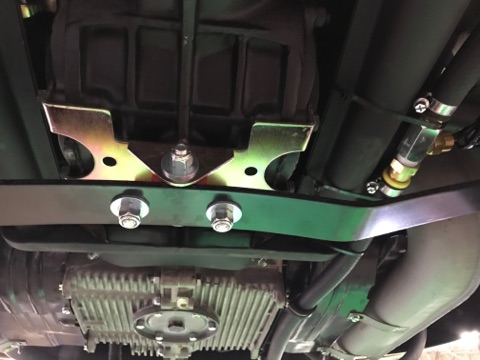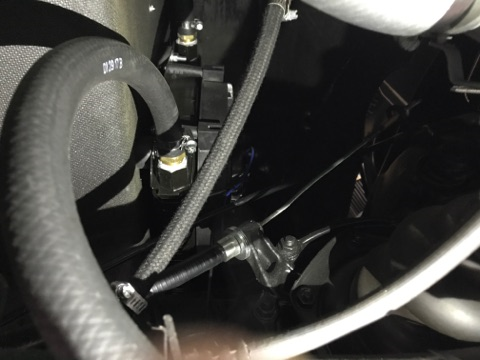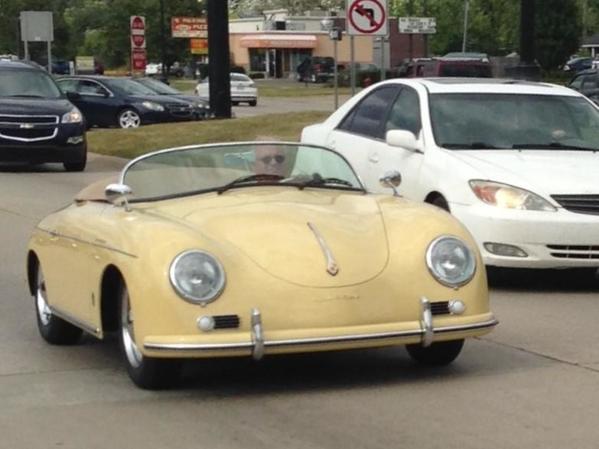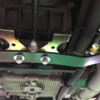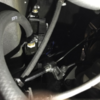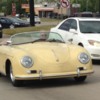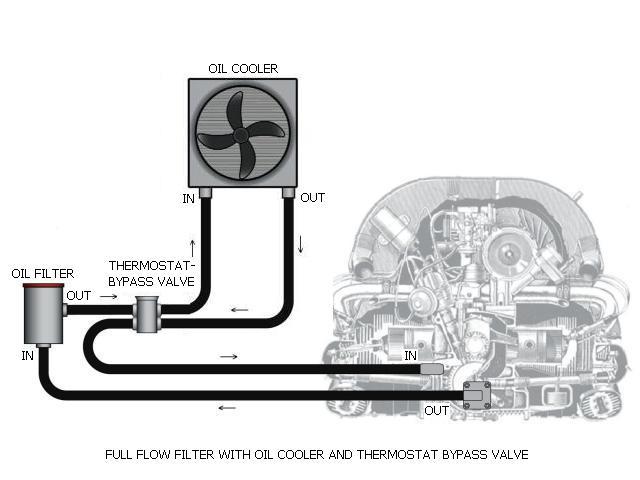Slowshoes: BIG debate on here about electronic ignition modules. Most everyone thinks they are the way to go, but we're divided on whether Pertronics is the right way to go. Pertronics has a history of crapping out, usually at the worst possible moment (being stressed on a hot day), but some people seem to get along with them just fine. My Hot Rod buddies won't use Pertronics, and have most often gone to MSD or Mallory units with no further problems.
An alternative is CB Performance's Magna Spark II, which I have heard no complaints on. (Full Disclosure: I have an original, 20-year-old Magna Spark and it continues to operate fine for me).
Now, to your other questions, answers in red:
VS 1915cc engine with an external oil filter and oil cooler, and that's about all I know.
I'd like to know what carbs and distributor I have, among other things.
The carbs should have something stamped into them or a metal tag on one base nut. That should tell you what they are. If that fails, give us a photo. The distributor is harder - Just take a picture and post it. Most are reproductions of Bosch 009 centrifugal-advance distributors. Some of those reproductions actually work properly, most are just OK.
I'm assuming these engines come with points, and I would like to switch out to an electronic ignition.
Points are not as bad as all that - Millions of VW Beetles used to be zipping about with points and everyone got to the supermarket just fine. They should be fine for you through the rest of this season, so no rush on going electronic. Besides - It'll give us all an opportunity to pontificate about which is the best module to run (again).
What would the redline be for this engine? Dunno - that depends on the specs of the valvetrain, the camshaft and what carbs and exhaust you have. It's always safe to assume a 5,500 rpm redline on a 1915 engine.
How fast should I be able to comfortably cruise at on the highway? (3.88 trans). 70 - 80+mph. Beware that it'll make a lot of noise at that speed. Far more important is keeping it below 4,500 RPM for extended periods of time, unless you KNOW your engine. 3,500 - 4K for a couple of steady interstate hours shouldn't kill it.
Does that change with the weather - can I drive 70 mph for hours on a 90 degree day as well as a 70 degree day? Yes, if your oil cooler does its' job and keeps the oil temp under 210ºF and, no, your bar-graph oil temp gauge doesn't tell you anything yet. Go to Bed Bath and Beyond and get a candy/meat thermometer with a probe roughly as long as the bottom of your dipstick, calibrate it at 212º in a cup of boiling water, the stick it down the dipstick tube under various day temps and driving conditions and see what your engine temp really is.
I changed the break in oil at 450 miles and it took 3 quarts. (???) Do you not have a deep sump? (I suspect not, given the 3 quart fill). Exactly WHAT is that oil cooler and where is it mounted? It might take 3 quarts with no added sump capacity, and take 4+ quarts to fill it with a deeper (1 quart additional). Can't answer without more info.
I used Lucas hot rod and classic oil 10w-40 with a Wix 51515 filter. I was thinking the 10w-40 would take me through the cool weather we get in Michigan during the fall, and maybe switch to 20w-50 in the summer. Not familiar with Lucas' oil additives and it's probably OK, but the WIX filter is spot on. You can also use a NAPA Gold 1515 (same filter, made by WIX). Please do not use anything that says FRAM on it. FRAM is the Pertronics of oil filters.
Big debate on here about the right viscosity oil to use, but I would stick to the 10W-40 Hi-Zync/Hi Phospherous in your area - all the engine slippery parts will like it. After all, your engine is not much more than stock and VW recommended 10W-40 to make the engine temperature control work right (It's a long, technical story......Just use 10W-40 for now til you learn more about it). If you plan on starting and/or running it during the typical Michigan winters of 60º below zero, then go to 10W-30 in the winter. It will cold-crank easier and warm up quicker.
Good luck with the new toy!
gn


